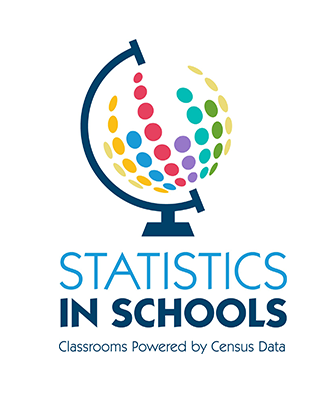Census Bureau 101 for Students

The U.S. Census Bureau is the leading source of information on the nation’s people, places, and economy, providing data about our country’s population size and growth as well as detailed portraits of the changing characteristics of our communities. The Census Bureau, part of the U.S. Department of Commerce, was created to address language in the Constitution on America’s need to count its population.
America’s founders recognized that this information was needed to effectively serve its people. The data collected as part of the first count in 1790 — a six-question survey — expanded in the following years to include information on the economy, immigration, migration, and agriculture. One of the most important ways all of this information has been used is to determine apportionment of the seats in the U.S. House of Representatives. The count of the U.S. population — carried out every 10 years — is called the Decennial Census of Population and Housing. During the decennial census, the Census Bureau contacts every household, asking questions such as:
- How many people live or stay in this house, apartment, or mobile home?
- What is the name of the person who owns this house, apartment, or mobile home?
- How old is the person who owns this house, apartment, or mobile home? When is his or her birthday?
Beyond the Decennial Census
In 1902, President Theodore Roosevelt signed a law establishing the Census Bureau as a permanent agency that would collect vital information and develop statistics representing the American people, including where and how they live. Today, the Census Bureau conducts three censuses — the decennial census and the twice-per decade Economic Census and Census of Governments — as well as more than 130 different surveys. Some of these surveys are:
- American Community Survey. Data from this annual survey include up-to-date information on the social and economic needs of communities across the nation. Results may be used to decide where new schools and hospitals should be built.
- Current Population Survey. This monthly survey of households provides data on how Americans work — including whether they have a job, the types of jobs held by different kinds of people, the hours people work in different jobs, and salary information.
- Economic Census. This is the official five-year measure of American business and the economy. It is the most comprehensive measure of the U.S. economy, providing industry and market statistics at the national, state, and local levels.
These statistics help government officials make important decisions so that they can do the following:

Distribute more than $675 billion in federal funds to local, state, and tribal governments each year. States and communities use census data to allocate funding for neighborhood improvements, public health, education, transportation, and more.

Understand where community services are needed and plan to implement them. This includes services for the elderly, new roads and schools, job training centers, and more.

Determine how the 435 seats in the U.S. House of Representatives are divided among the 50 states and make decisions about redistricting.






